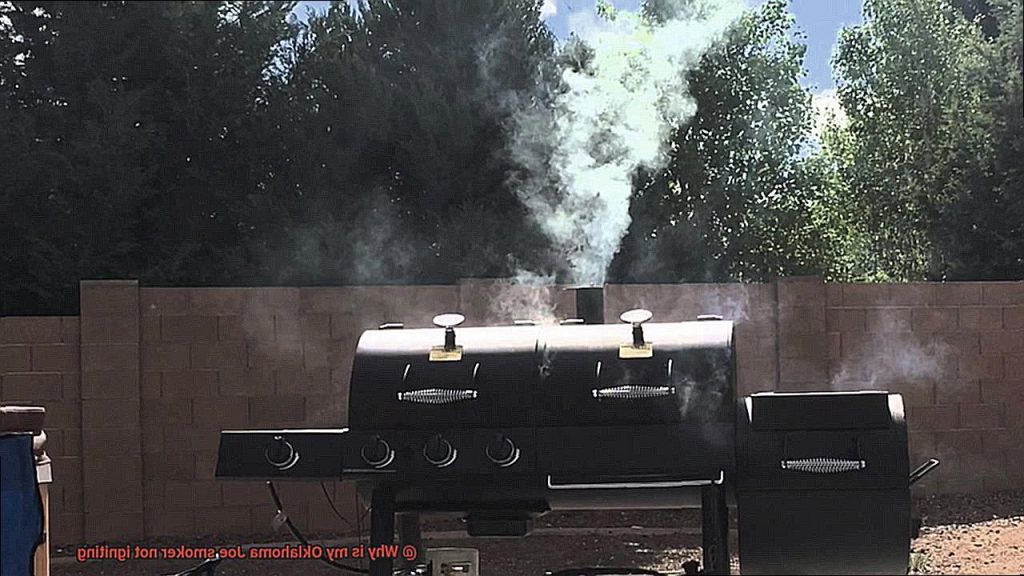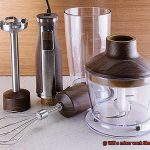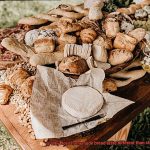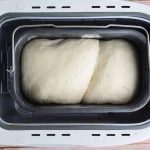Do you find yourself disappointed with the quality of store-bought bread, but hesitant to spend a fortune on artisan loaves? Look no further than your own kitchen and a trusty bread machine. Not only will you have the satisfaction of fresh, homemade bread at your fingertips, but it can also save you money in the long run.
In this blog post, we’ll tackle the question of whether making your own bread with a bread machine is truly cheaper. We’ll break down the costs associated with baking from scratch and compare it to pre-packaged options. Plus, we’ll delve into the added benefits of owning a bread machine and how it can enhance your baking experience.
As more and more people turn to bread machines for their daily loaves, it’s natural to wonder if it’s worth the investment. While purchasing a machine may seem daunting at first glance, the potential savings over time make it an attractive option. By buying ingredients in bulk, avoiding markups on pre-made loaves, and customizing flavors to your liking, making your own bread can be both cost-effective and delicious.
But that’s not all – using a bread machine also offers convenience like never before. Imagine waking up to freshly baked bread for breakfast or having warm rolls ready for dinner in just a few hours. And with endless flavor combinations at your fingertips, you can experiment with new recipes and impress friends and family alike.
So why settle for mediocre store-bought bread when you can create something truly special right at home? Join us as we explore the world of homemade bread with a trusty bread machine by our side.
Contents
What is a Bread Machine?
Imagine the smell of freshly baked bread wafting through your home, without the hassle of kneading and baking. That’s where the bread machine comes in. As an expert on the topic, let me take you through what a bread machine is and why it has become a popular kitchen appliance.
In essence, a bread machine is an electrical device that automates the process of making bread. It takes the burden of mixing, kneading, rising, and baking off your hands, allowing you to enjoy freshly baked bread with minimal effort. The basic components of a bread machine include a bread pan, mixing paddles, and a control panel that allows you to select the type of bread you want, crust color, and baking time.
Bread machines have been around since the 1980s but have gained popularity in recent years due to their convenience and ease of use. They come in different sizes and capacities, from small machines that can make a single loaf of bread to larger ones that can make multiple loaves at once. With a recipe book included in most machines, you can easily create various types of bread such as white, wheat, sourdough, and even gluten-free bread. Some machines also allow you to make other baked goods like pizza dough, pasta dough, and jam.
While using a bread machine simplifies the process of making homemade bread, it still requires some effort on your part. You need to measure ingredients accurately and add them in the correct order. It’s also important to follow instructions carefully and select suitable settings for the type of bread you’re making.
Making homemade bread with a bread machine has several advantages. Firstly, it’s cost-effective in the long run as store-bought bread can be more expensive. Secondly, homemade bread is more filling and satisfying than store-bought bread. Lastly, making your own bread allows you to control what goes into it, so you can make healthier choices.
Factors to Consider When Deciding Whether to Buy a Bread Machine
Maybe it’s time to consider investing in a bread machine. However, before taking the plunge, there are some important factors to consider.
Firstly, cost is a crucial factor. Bread machines can vary widely in price, from under $50 to over $300. It’s important to consider your budget and how often you plan on using the machine before making a purchase. Don’t overspend on features you won’t use if you’re not a regular bread baker.
Another cost-related factor to consider is the cost of ingredients. While homemade bread can be cheaper than store-bought bread, it’s important to take into account the cost of ingredients such as flour, yeast, and other additives. If you plan on making specialty breads or using organic ingredients, the cost can quickly add up.
Time is also a significant consideration. While a bread machine can save time in terms of kneading and rising the dough, you still need to factor in the time it takes to measure and add ingredients, monitor the baking process, and clean up afterwards. Consider whether you have enough time in your schedule for baking.
Lastly, think about how often you plan on making bread. If you’re only planning on making bread occasionally, it may not be worth it to invest in a high-end model. However, if you enjoy baking and plan on making bread regularly, a bread machine can be a worthwhile investment.
Cost of a Bread Machine
The cost of a bread machine can vary depending on the brand, size, and features. Basic models can cost between $50 to $100 while the more advanced ones with additional settings like gluten-free options and multiple loaf sizes can cost up to $300 or more. However, the initial investment is worth it when you consider the potential savings in the long run.
Store-bought bread costs around $2-$5 per loaf, while homemade bread made with a bread machine only costs about $0.50-$1 per loaf depending on the ingredients used. That’s a significant saving. What’s more impressive is that with a bread machine, you have complete control over the quality of ingredients used in your bread. This means that you can save even more money by making specialty breads like gluten-free or whole wheat bread at home for a fraction of the cost of store-bought versions.
Another factor to consider is the cost of electricity when using a bread machine. The average cost to run a bread machine for an hour is around 10 cents. So even if you use your machine once a week for an hour, it will only add up to approximately $5 per year. This small price to pay is nothing compared to the delight of enjoying fresh, delicious homemade bread.
Cost of Ingredients
If you’re contemplating purchasing a bread machine but aren’t sure if it’s cost-effective, it’s essential to consider the cost of ingredients. As an expert in this field, I’ve researched and gathered insightful information that will assist you in making an informed decision.
One significant advantage of making your own bread with a bread machine is that you have complete control over the quality of ingredients used. You can choose to use organic or premium quality ingredients, which may be more expensive than standard ingredients. However, even with premium ingredients, the cost per loaf of homemade bread is often lower than store-bought bread.
Let’s delve into the cost breakdown of making a standard loaf of bread. For a 1.5-pound loaf, you would need three cups of flour, 1.5 teaspoons of salt, 1.5 teaspoons of yeast, and one cup of water. Depending on the type and quality of ingredients used, the cost can vary. At current prices, these ingredients would cost around $0.80 for flour, $0.02 for salt, $0.25 for yeast, and $0.00 for water (assuming tap water). The total ingredient cost per loaf would then be approximately $1.07.
In comparison, a standard store-bought loaf of bread can cost anywhere from $2 to $5 per loaf depending on the brand and type of bread. Thus, investing in a bread machine can save you money in the long run.
It’s worth noting that many bread machines offer a delay timer feature, enabling you to set up your machine in advance and have fresh bread waiting for you when you wake up in the morning or return home from work. This convenience factor should also be considered when comparing the cost of making your own bread versus purchasing it from a store.
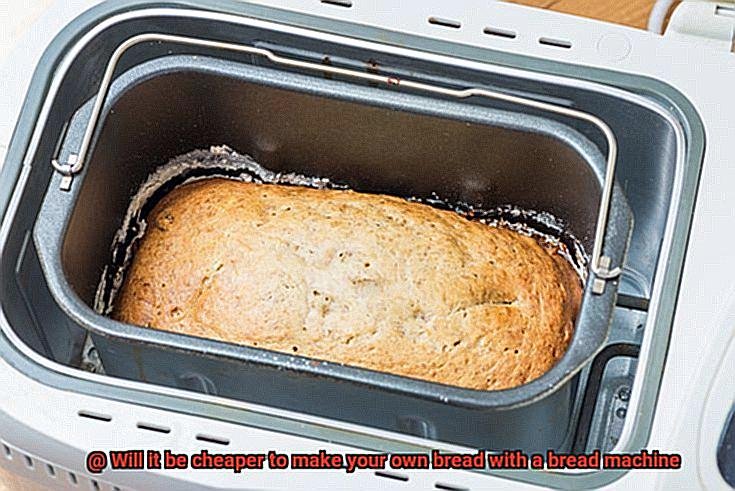
Cost of Energy
Firstly, it’s vital to understand that bread machines require electricity to operate. According to Energy Star, a typical bread machine consumes around 0.3 to 0.5 kilowatts per hour (kWh). The average cost of electricity in the United States is around 13 cents per kWh. Based on these figures, it costs roughly 4 to 7 cents per hour to operate a bread machine.
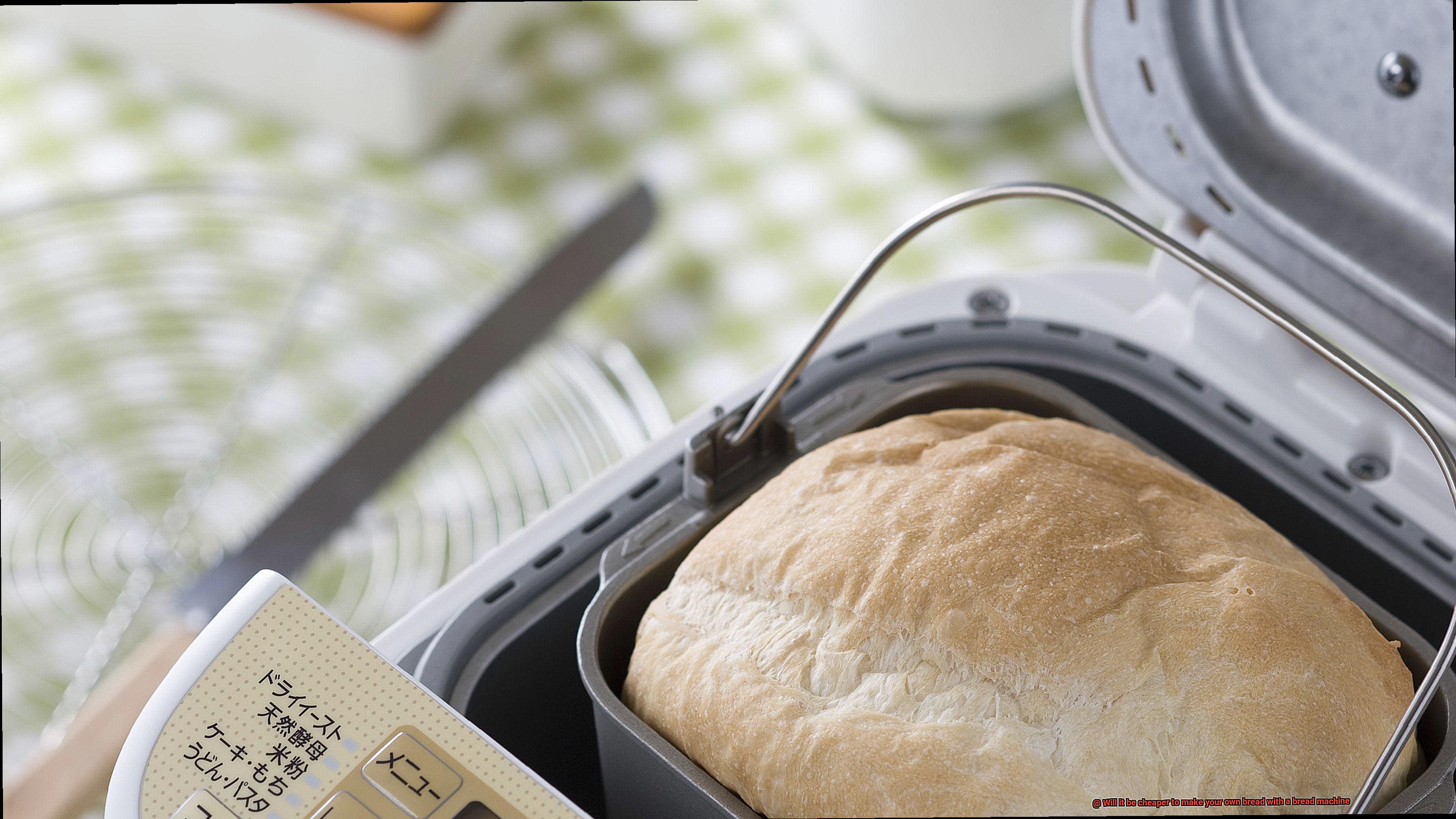
But don’t let these numbers scare you. If you make one loaf of bread per week, it would cost you around 20 to 35 cents in energy costs for the entire year. That’s less than what you’d pay for a pack of gum. However, if you’re a bread enthusiast who uses their bread machine more often, say three times per week, the cost would increase to around $31 to $54 per year. Keep in mind that these are estimates and can vary depending on your location and energy rates.
Now let’s talk about the long-term savings of making your own bread with a bread machine. While store-bought bread may seem cheaper upfront, making your own bread can save you money in the long run. Think about it: A loaf of homemade wheat bread made with a bread machine costs around $1.50 to $2.00 per loaf, depending on the ingredients used. A comparable store-bought loaf can cost anywhere from $2.50 to $4.00 or more. If you make one loaf of bread per week, you could save anywhere from $52 to $104 or more per year by using a bread machine.
To sum up, while there may be some energy costs associated with using a bread machine, the long-term savings of making your own bread can outweigh them. Plus, homemade bread tastes better and can be healthier since you control the ingredients used. So, go ahead and invest in that bread machine – your wallet (and your taste buds) will thank you.
Advantages of Making Your Own Bread with a Bread Machine
Investing in a bread machine might be the perfect solution for you. Making your own bread with a bread machine offers numerous advantages that make it a worthwhile investment.
Firstly, making your own bread is a cost-effective option. By buying ingredients in bulk, such as flour and yeast, you can save on costs and avoid the added expense of packaging and marketing that comes with store-bought bread. So not only will you get to enjoy warm, homemade bread, but you’ll also save some money in the process.
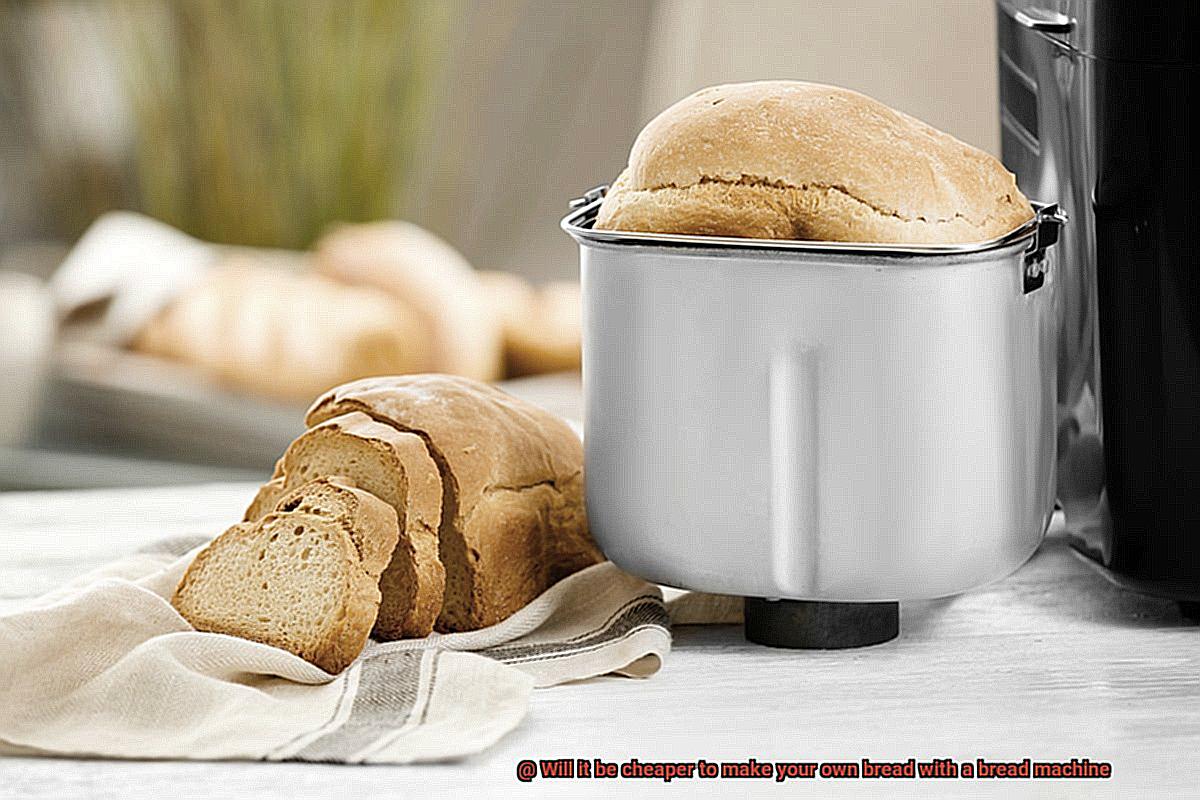
Moreover, the convenience that comes with having a bread machine is a game-changer. You can simply set your machine to bake while you’re asleep or away from home, meaning you can wake up or come back to fresh bread every time. No more last-minute trips to the store.
But perhaps the biggest advantage of making your own bread is the control it gives you over the ingredients. You can avoid additives and preservatives commonly found in store-bought bread and customize your recipe to suit your dietary needs and preferences. Whether you’re gluten-free, vegan or just want to experiment with different flavors, making your own bread allows you to do so.
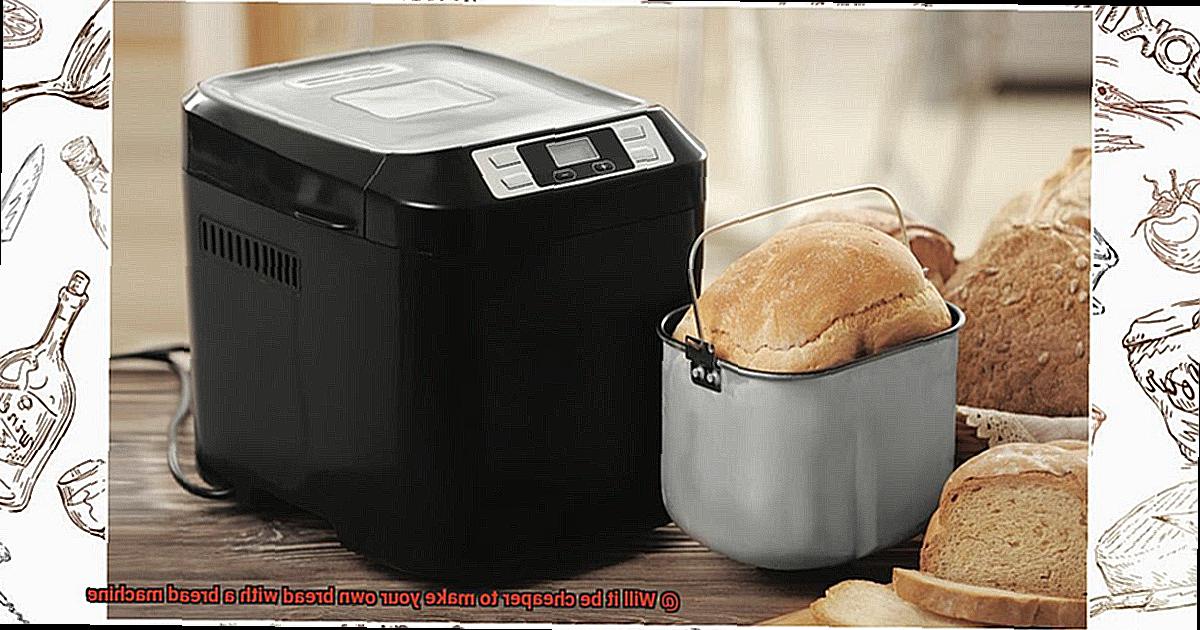
Lastly, making your own bread is not only healthier but also more delicious than buying store-bought bread. With complete control over the ingredients used, you can create unique recipes that are tailored to your taste buds.
Disadvantages of Making Your Own Bread with a Bread Machine
While the convenience and satisfaction of homemade bread may seem appealing, it’s important to weigh the potential disadvantages before investing in a bread machine.
Firstly, let’s talk about cost. While it’s true that making your own bread can save you money in the long run, there is an upfront cost to consider. Bread machines can be quite expensive, even the most basic models. Additionally, you’ll need to purchase ingredients like flour, yeast, and other additives that can add up over time.
Another consideration is the time and effort required. While a bread machine does much of the work for you, there is still some prep involved. You’ll need to measure out ingredients, set up the machine, and wait for the bread to bake. This may be a turn-off for those who prefer more convenience or who don’t have a lot of spare time.
Consistency is also an issue to keep in mind. While a bread machine can produce great results, it’s not always foolproof. Depending on factors like humidity or altitude, your bread may not turn out exactly as you hoped. This can be frustrating for those seeking consistent results.
In addition to these factors, there’s also the subjective issue of taste preference. Some people simply prefer the texture and taste of store-bought or bakery bread and may not find homemade bread to be as satisfying.
Conclusion
In conclusion, making your own bread with a bread machine is not only a cost-effective option but also a fulfilling experience. With a bread machine at your disposal, you can relish the convenience of fresh, homemade bread that caters to your dietary requirements and preferences.
Although there are upfront costs involved in buying a bread machine and ingredients, the potential savings in the long run make it an attractive choice. Moreover, using a bread machine offers unparalleled convenience – picture waking up to the aroma of freshly baked bread for breakfast or having warm rolls ready for dinner within hours.
It’s crucial to consider factors such as cost, time commitment, consistency, and taste preference before investing in a bread machine. While baking your own bread may not be everyone’s cup of tea, those who enjoy baking and want more control over their food will undoubtedly find it worth their while.

